Ergebnisse
Socio-political transformations in China and the decrease in monsoon rainfall contributed to the advance of rice farmers to the Korean peninsula and from there to Japan. Rice was already known as a rarity on the highlands of the main island of Honshu in the 11th century BC. From the 9th century BC, the immigrants first settled in western Japan (northern Kyushu) and then gradually advanced to the east and north. However, millet seems to have been more important as food for the population in eastern Japan for a long time than previously assumed, while rice was reserved for the elite and rites, and played a role in the formation of a steep social hierarchy that did not previously exist in Japan (see blog entry https://www.dainst.blog/bridging-eurasia/ohne-ihn-kein-sushi/).
Over the next few years, this basic picture will be examined and expanded in case studies.
Downloads
Ostasien. Hirse – Wann das erste Getreide im nördlichen Ostasien domestiziert und verbreitet wurde. (pdf) Auszug aus den e-Forschungsberichten 2020 des DAI

